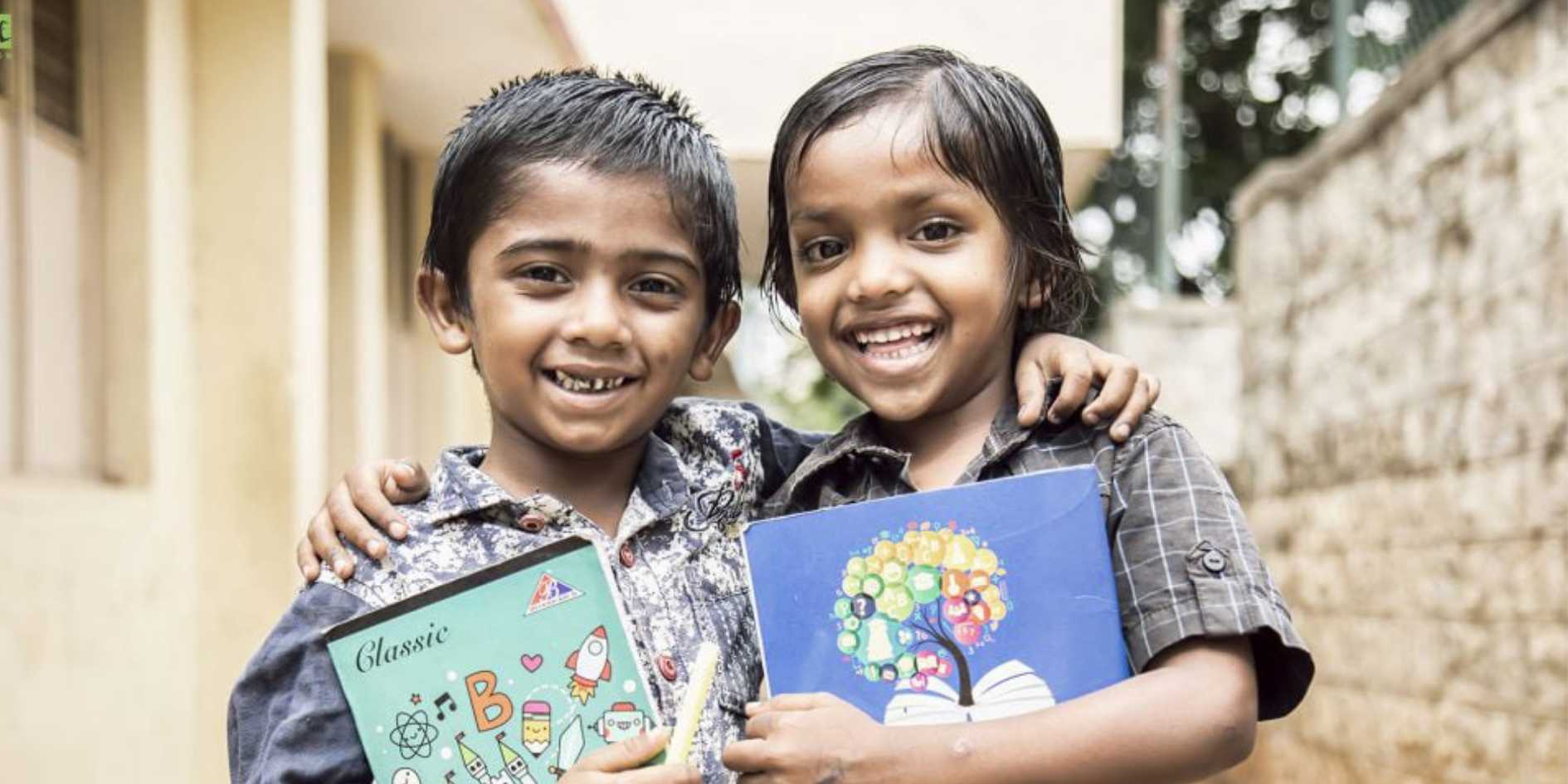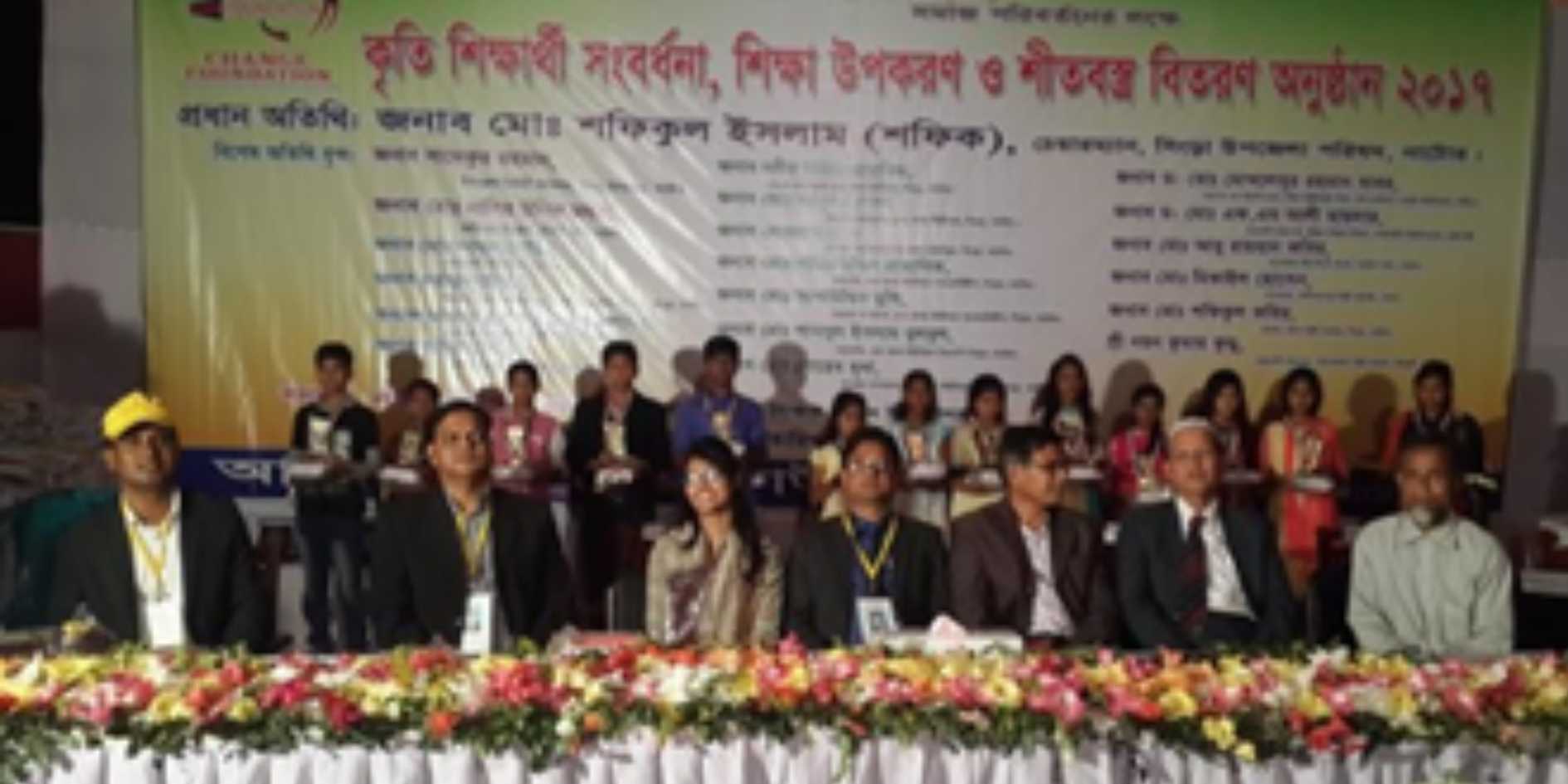1. **Identify Target Audience and Needs**: Begin by identifying the target audience for your educational materials. This could include students, teachers, parents, and community leaders. Conduct research or surveys to understand their educational needs, challenges, and preferences. Consider factors such as socio-economic background, geographic location, and cultural context.
2. **Determine Focus Areas**: Based on the needs assessment, determine the focus areas for your educational materials program. This could include subjects such as literacy, numeracy, science, technology, environmental conservation, health education, life skills, or vocational training. Consider incorporating themes related to sustainable development, gender equality, social justice, and cultural diversity.
3. **Develop High-Quality Materials**: Create high-quality educational materials tailored to the needs and interests of your target audience. This could include textbooks, workbooks, teacher guides, lesson plans, interactive multimedia resources, educational games, and audiovisual materials. Ensure that the materials are culturally relevant, age-appropriate, and accessible to learners of varying abilities.
4. **Utilize Local Languages and Contexts**: Consider the linguistic and cultural diversity of Bangladesh and ensure that the educational materials are available in local languages and dialects. Incorporate examples, illustrations, and case studies that reflect the local context and realities of learners. Use culturally appropriate teaching methodologies and instructional techniques to enhance engagement and learning outcomes.
5. **Distribution and Accessibility**: Develop a distribution strategy to ensure that the educational materials reach the intended beneficiaries effectively. Partner with schools, libraries, community centers, NGOs, and government agencies to distribute the materials to underserved communities, remote areas, and marginalized populations. Explore innovative approaches such as mobile libraries, community-based learning centers, and digital platforms to expand access to educational materials.
6. **Capacity Building and Training**: Provide capacity building and training opportunities for educators, facilitators, and community members to effectively use the educational materials. Offer workshops, seminars, and professional development sessions on topics such as curriculum implementation, pedagogy, classroom management, and assessment techniques. Empower local stakeholders to adapt and contextualize the materials to meet the specific needs of their communities.
7. **Monitoring and Evaluation**: Implement a monitoring and evaluation framework to assess the impact and effectiveness of the educational materials program. Collect data on indicators such as student performance, attendance rates, teacher satisfaction, and community engagement. Gather feedback from stakeholders through surveys, focus groups, and interviews to identify strengths, weaknesses, and areas for improvement. Use evaluation findings to refine and enhance the educational materials program over time.
By following these steps, you can develop an educational materials program within a foundation in Bangladesh that promotes learning, empowers communities, and contributes to positive social change.

